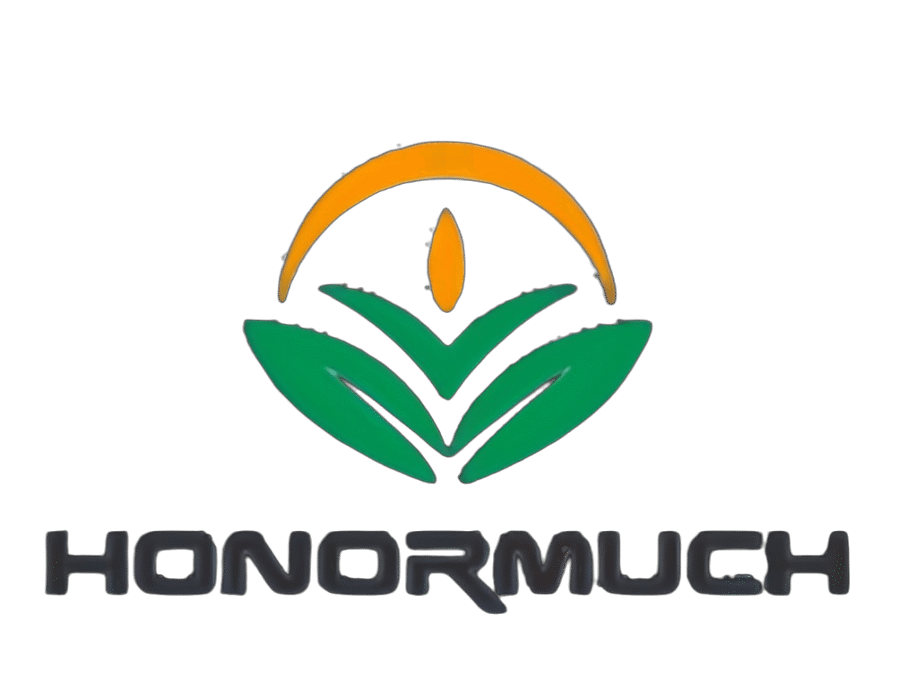The edge of the sink and the shower room are moldy and black again? Choose glue and apply it in this way, and you will solve the problem once and for all!
The edge of the sink and the shower room are moldy and black again? Choose glue and apply it in this way, and you will solve the problem once and for all!
In areas such as kitchen sinks, bathroom basins, corners of shower rooms… these areas are damp for a long time, the mold and blackening of sealants is a headache. The wrong choice of glue or improper application is the root cause of mold. Do the following points to say goodbye to black edges!
Core skills: top mold prevention, thorough cleaning, perfect construction, regular maintenance
Choose a real “mold-proof” sealant (top priority!):
Identify the standard: You must choose a product that is clearly marked with high-efficiency mold-proof performance. The best choice is silicone glue or MS glue that meets ASTM G21 or ISO 846 standards and reaches the highest level of mold-proof grade (usually grade 0). There will be words such as “grade 0 mold-proof” and “long-term mold-proof” on the packaging.
Avoid “pseudo-mold-proof”: ordinary silicone glue (even neutral glue) or inferior products have limited or short-lived mold-proof ability and will soon fail. Acidic glue is even less suitable for kitchens and bathrooms (corrodes metal and stone and has poor mildew resistance).
Recommended types: neutral mildew-proof silicone glue (most common and reliable) or mildew-proof MS glue (more environmentally friendly and odorless).
“Discarding” and thorough cleaning before construction:
Completely remove old glue: The moldy, aged, and loose old sealants must be thoroughly and cleanly removed! Any residue is a breeding ground for new mold. Use a special glue remover or a sharp blade (pay attention to safety), and if necessary, use a disinfectant (such as 84 dilution) to treat the surface of the substrate to kill residual mold spores, and then be sure to rinse thoroughly and dry completely.
Deep cleaning of the substrate: Use isopropyl alcohol or acetone (pay attention to material compatibility and ventilation) with a lint-free cloth to vigorously scrub the surface of the substrate on both sides to be bonded, remove all grease, soap scum, water stains, mildew residues, etc., and ensure that it is absolutely clean and dry. This is the cornerstone of strong bonding and long-lasting mildew resistance.
Precise construction without hidden dangers:
Use masking tape: Ensure that the edges of the glue are neat and tidy to reduce the rough edges that may harbor dirt and grime in the future.
Full filling: Ensure that the colloid fully fills the gap and is tightly bonded to the substrates on both sides without bubbles or holes. If the gap is too deep (>10mm), a backing material (PE rod) is required.
Perfect shaping: When “touch dry”, it is trimmed into a concave smooth arc surface (such as a shallow dish). This shape is not easy to accumulate water and dust, and is most conducive to keeping dry and clean.
Full curing: The kitchen and bathroom environment is humid, so be sure to give the sealant enough curing time (usually more than 72 hours) before contacting a large amount of water. Maintain good ventilation during curing.
Daily use and maintenance:
Keep dry and ventilated: After use, wipe off the accumulated water on the countertop, wall, and glass in time, especially near the glue joints. Keep the space ventilated to reduce humidity.
Regular cleaning: Use clean water or neutral detergent with a soft cloth or sponge to clean the glue joint surface. Avoid using strong acid and alkali cleaners (such as toilet cleaners and oil cleaners) to directly contact the glue joints for a long time. They will corrode the surface of the colloid and destroy the anti-mildew layer.
Timely treatment of mold spots: If sporadic mold spots are found, use an old toothbrush to dip in diluted bleach (1:10) or special mold removal gel and carefully apply it on the mold spots. After standing for a while, brush it off and finally be sure to scrub it thoroughly with clean water. Avoid using strong oxidants on a large area.
💡 Key points: 0-level anti-mildew glue + thorough removal of old glue mold roots + perfect concave shaping + keep dry and clean = four key elements for long-term cleanliness! None of them can be missing.
